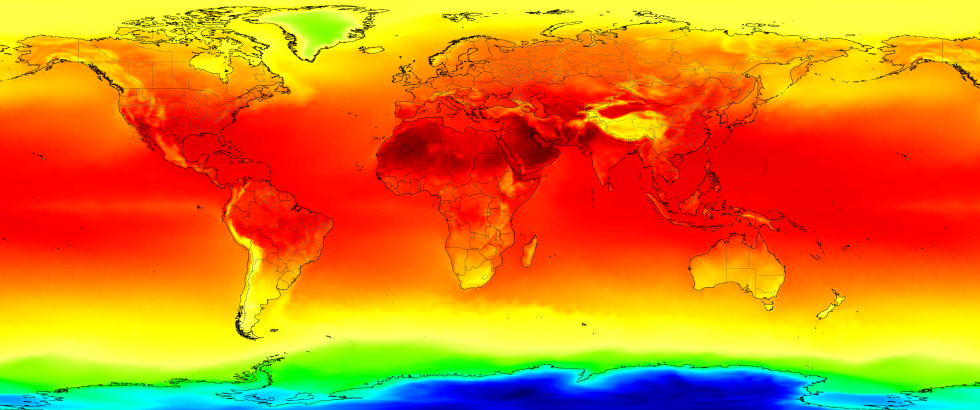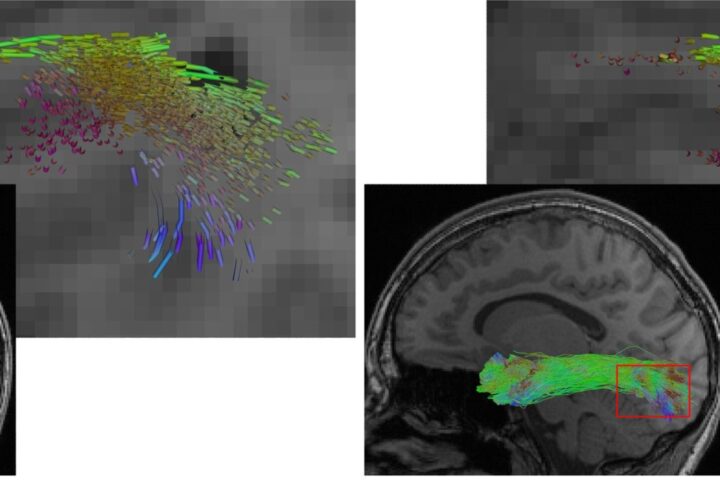In collaboration with IBM Research and Oak Ridge National Laboratory, NASA has developed the new AI foundation model, Prithvi-weather-climate (Prithvi is Sanskrit for Earth) to support the improvement of regional and local weather and climate models.. This Prithvi-weather-climate model uses a wide range of datasets and AI learning capabilities to apply patterns identified in the datasets to various weather and climate scenarios, NASA officials announced on Wednesday.
“Our ambition is to accelerate and advance the impact of NASA’s Earth science to meet this moment of changing climate for the benefit of all humankind,” said Karen St. Germain, director of NASA’s Earth Science Division, in an online statement. She stated that the new weather-climate model would better support people, communities, and organizations in preparing for, responding to, and mitigating the effects of weather.
The Prithvi-weather-climate model enables researchers to support various climate applications used to detect and predict severe weather patterns and natural disasters, according to NASA. The new model also helps create targeted forecasts by using localized weather observations, improved spatial resolution at the regional level, and enhanced representations of how physical processes affect weather and climate.
In line with NASA’s open science policies, the Prithvi-weather-climate model will be openly available. The model and the code are scheduled for release in late 2024 through Hugging Face, a public repository for open-source ML models. “These transformative AI models are reshaping data accessibility by significantly lowering the barrier of entry to using NASA’s scientific data,” said Kevin Murphy, chief science officer of NASA’s Science Mission Directorate.

The Prithvi-weather-climate model applies the complex dynamics of atmospheric physics even when information is lacking, generating weather and climate models without degrading resolution. “Our open approach to sharing these models invites the global community to explore and harness the capabilities we’ve cultivated, ensuring that NASA’s investment enriches and benefits all,” Murphy said.
Prithvi-weather-climate foundation model is pre-trained on 40 years of climate data from NASA’s Modern-Era Retrospective analysis for Research and Applications, Version 2 (MERRA-2), addressing the need to incorporate AI and machine learning (ML) methods into weather and climate applications such as storm tracking, forecasting, and historical analysis.
Similar Posts
Foundation models (FMs) are the basis for enabling AI and ML systems to ingest large amounts of data and generate results based on associations among the data. They serve as a baseline from which scientists can develop a diverse set of applications that can result in powerful and efficient solutions.
The foundation of Prithvi-weather-climate is 40 years of MERRA-2 data. MERRA-2 is the first long-term global reanalysis to assimilate space-based observations of aerosols and represent their interactions with other physical processes in the climate system. These data are available through NASA’s Earthdata Search. “With the Prithvi-weather-climate FM, NASA and IBM have led the creation of a unique AI representation of all knowledge available in 40 years’ worth of MERRA-2 data,” said Dr. Juan Bernabé-Moreno, director of IBM Research Europe and IBM’s accelerated discovery lead for climate and sustainability.
From a scientific and research standpoint, the model has been fine-tuned to increase the resolution of long-term climate models by a factor of 12x, a process known as “downscaling.” Using an AI model in this context avoids the high costs associated with the conventional approach using high-performance computing (HPC). The FM also improves the use of AI for better representation of small-scale physical processes in numerical weather and climate models.


















